#durer
Text


Here is a two-sided drawing featuring pillow studies and a self-portrait by Albrecht Dürer. Enjoy your weekend, but don't forget to sleep!
These images come from The Metropolitan Museum of Art's collection on JSTOR, which is free and open to all!
#albrecht dürer#albrecht durer#durer#rennaisance art#northern renaissance#drawing#pillows#self portrait#open access#art#jstor
1K notes
·
View notes
Text
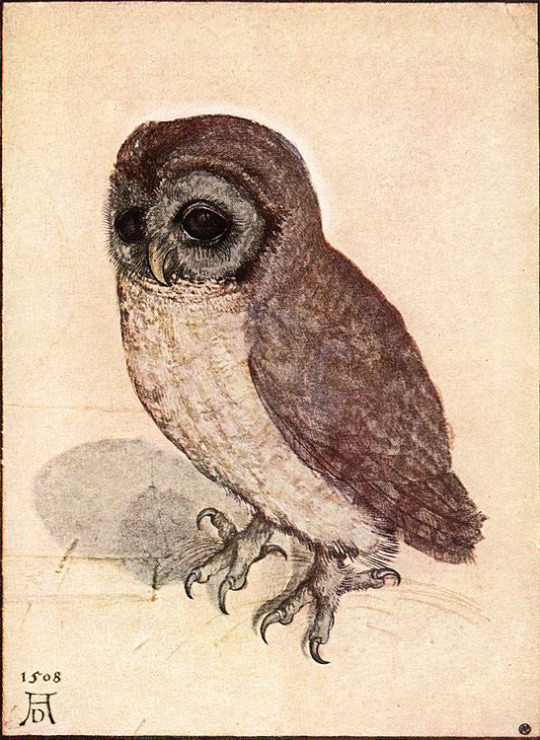
Albrecht Dürer (1471-1528)
Little Owl
1508
watercolour
#owl for owl#albrecht durer#durer#owls#birds#beautiful birds#beautiful animals#nature#wildlife#german painter#german art#german artists#art history#aesthetictumblr#tumblraesthetic#tumblrpic#tumblrstyle#birds in art#tumblr art#artists on tumblr#tumblrpictures#tumblrposts#tumblrlove#naturalist painting
314 notes
·
View notes
Text
La plupart des
couples qui durent
ne durent que grâce à
leurs souvenirs…
V. H. SCORP
28 notes
·
View notes
Text
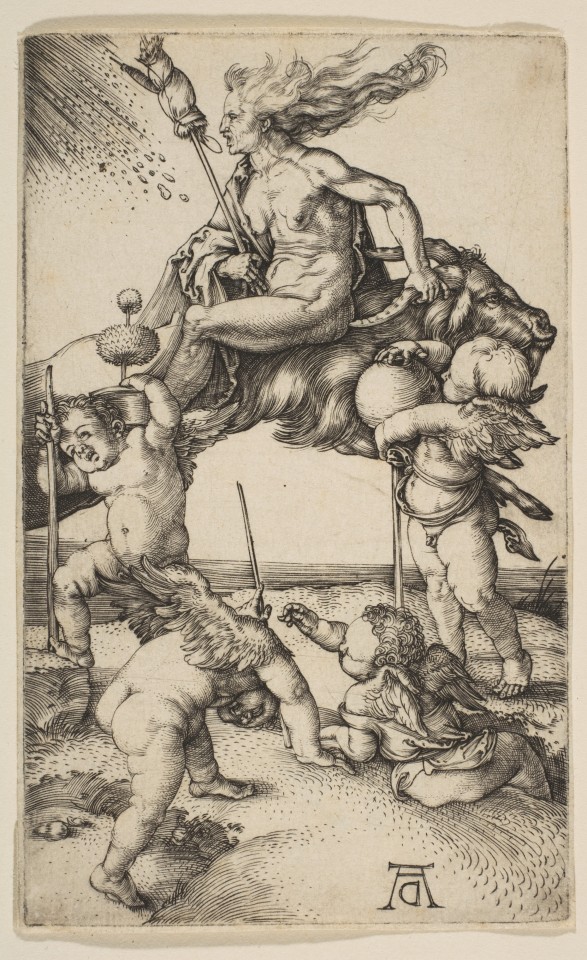
The Witch, Albrecht Durer, 1500
#the witch#Albrecht durer#durer#witch#1500#1500s#16th century#northern renaissance#renaissance#print#art
39 notes
·
View notes
Text

This rhino, which seems not to have been given a name, was the first to arrive in Europe since the Roman empire. It showed up in Lisbon, Portugal in 1515, a gift from an Indian leader.
King Manuel of Portugal enjoyed having the rhino in his collection — he apparently tried, unsuccessfully, to make it fight an elephant who we’ll meet later — but he seems to have realized that he could use it to strengthen his political position. So he soon packed the animal up and shipped it off to Pope Leo X, in the hopes that the Pope would continue to sanction Portugal’s imperial adventures. Unfortunately, the ship sank in a storm off of the Italian coast; the chained-up rhino sank with the ship. There are some sources that tell us that Manuel tried to stuff the rhino and send it to the Pope again, but it’s unclear if that ever happened.
This rhino was a sensation in its day, but it’s mostly remembered because of a man who never even saw it — Albrecht Dürer, one of the titans of the Northern Renaissance. Dürer, in the Netherlands, heard descriptions of the rhino and decided to make a woodcut of it.
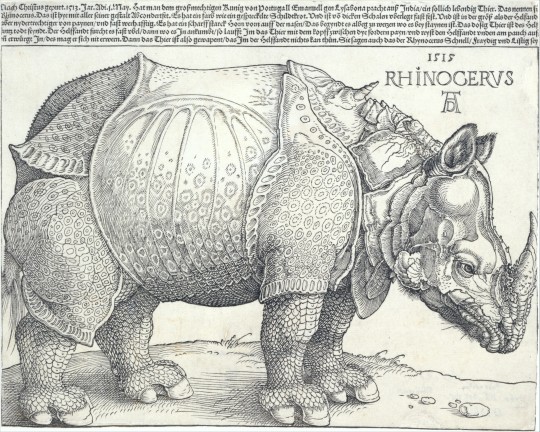
The image isn’t an accurate one, but it’s compelling and was widely copied. Dürer’s interpretation was most Europeans’ idea of what a rhinoceros looked like for two centuries.
{WHF} {Ko-Fi} {Medium}
113 notes
·
View notes
Text

source: bishopsbox
Albrecht Dürer, Crucifixion, from "The large Passion". Woodcut, c. 1498. Dimensions: (38.7 x 27.8 cm).
Alberto Durero, Crucifixión, de "La gran Pasión". Xilografía, c. 1498.
Dimensiones: (38.7 x 27.8 cm).
16 notes
·
View notes
Text
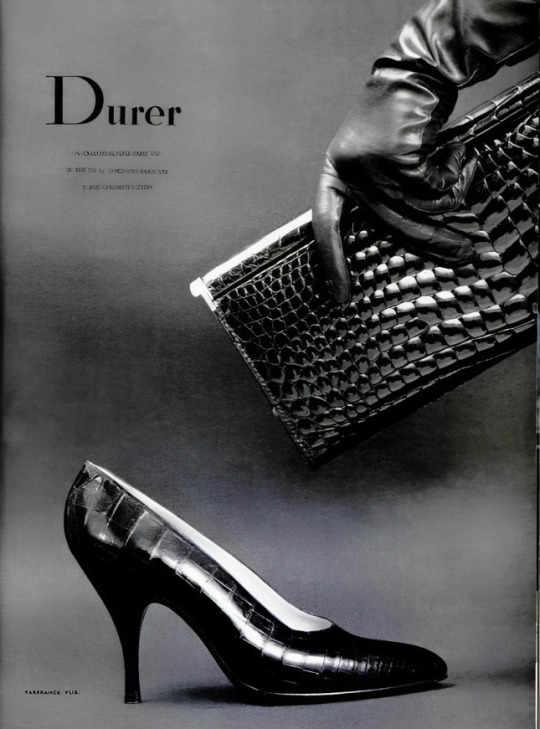
L'Officiel octobre 1957 N°427-428
Durer
18 notes
·
View notes
Text

Christ on the Cross, Albrecht Dürer, 1516
#art#art history#Durer#Albrecht Durer#woodcut#religious art#Biblical art#Christian art#New Testament#Gospels#Crucifixion#Passion of Christ#Northern Renaissance#German Renaissance#German art#16th century art#Metropolitan Museum of Art
239 notes
·
View notes
Text

“Les Armoiries à la Tête de Mort” burin d'Albrecht Dürer (1503) à l'exposition “Trésors en Noir & Blanc” au Petit Palais, Musée des Beaux-Arts de la Ville de Paris, décembre 2023.
12 notes
·
View notes
Text
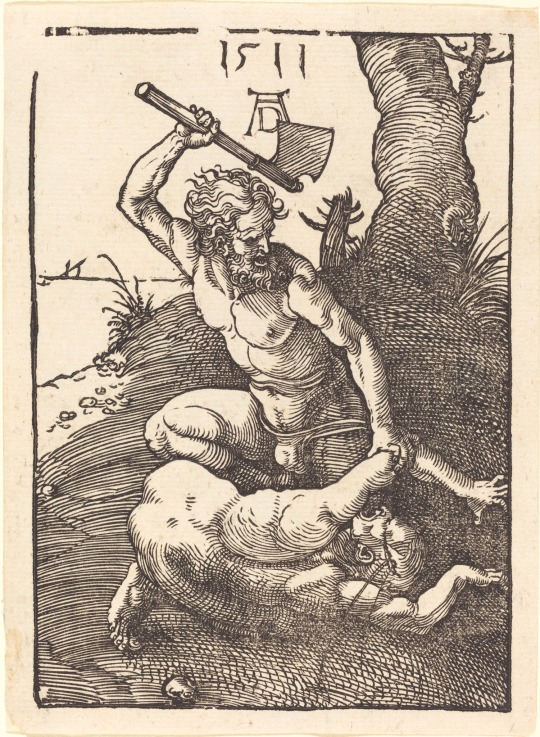
“Cain Killing Abel”, 1511, Albrecht Dürer.
#art#art history#etching#albrecht durer#durer#renaissance#renaissance art#german art#germany#german renaissance#1500s art#16th century art#bible#old testament#religious art#cain and abel#woodcut#woodcut print#print
224 notes
·
View notes
Photo

Albrecht Dürer, Saint John eating the Book, 1498, woodcut, from Apocalipsis cum figuris, Harvard Library.
Revelation 10:9 (King James Version): “And I went unto the angel, and said unto him, Give me the little book. And he said unto me, Take it, and eat it up; and it shall make thy belly bitter, but it shall be in thy mouth sweet as honey.”
268 notes
·
View notes
Text


I'm back, kids! Please enjoy Albrecht Durer's "Great Horse" and "Lilttle Horse". They sure are, bud.
Something interesting I learned while physically at the Louvre is that their online record is incomplete -- they're still in the process of adding objects from the internal catalogue, which explains why some of the art I shared during my trip was stuff I hadn't seen in the online catalogue. When I went on hiatus I knew that the last work I shared was the Mona Lisa; looking at the record this morning, even between April and now they've added roughly 2000 items just to the catalogue pre-1500.
We're post-1500 now, and I have to pay slightly closer attention because while there's some Great Art I recognize, a lot I still don't, so I'm looking at names and artists and such.
I may already be plotting a return trip for autumn 2024, or possibly spring 2025. There was so much I didn't get to see, and I loved Paris while I was there.
[ID: Two engravings of horses; on the left, an enormous unit of a horse is attended by a soldier in an elaborate helmet; on the right, a smaller, much more dainty horse is attended by a similar, slightly less visible soldier. The petite horse stands over a large stone block with Albrecht Durer's monogram on it.]
18 notes
·
View notes
Photo

Albrecht Dürer (English, 1471-1528)
Self-Portrait, 1500
#Albrecht Dürer#English#england#self portrait#fine art#albrecht durer#durer#art#island of britain#european art#europe
163 notes
·
View notes
Text
L’importante è segnare
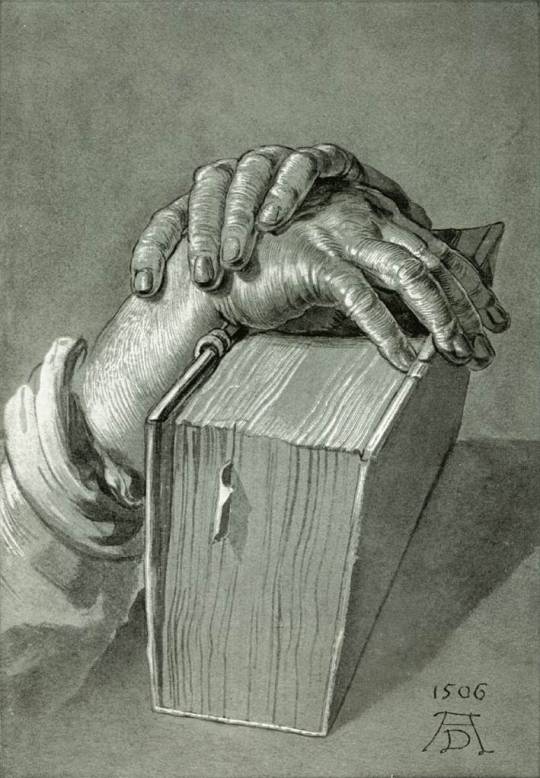
[...] il segnalibro è un confine rapido ma teorico: mentre le frecce, le barre, le sottolineature sono dei marchi molto più concreti, valgono come tante trincee espugnate dal fante che avanza, tante bandierine issate non sulla mappa, al comando, ma sul campo. Uno sottolinea e dichiara «questo adesso appartiene a me, caro autore», è roba mia. Per questo non ha molta importanza la qualità del segno che si fa. Certo, se uno è bravo come Petrarca può disegnare a margine delle belle manine, delle dita lunghe e affusolate che indicano con eleganza i passi conquistati. Ma non è necessario. L’importante è segnare.
M. Bettini, Con i libri, Torino, Einaudi, 1998
Immagine: Uno studio di A. Durer: Mani, libro e segnalibro.
23 notes
·
View notes
Photo

The Witch, Albrecht Durer, 1500
#the witch#Albrecht durer#durer#1500#1500s#16th century#print#art#witch#renaissance#northern renaissance
106 notes
·
View notes
Text

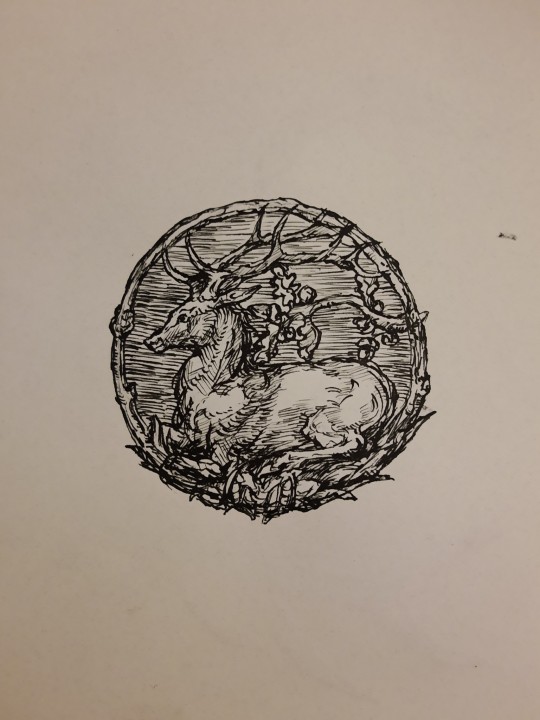
still can't get over how anatomically incorrect were illustrations of animals from 1500s. Good thing my professor wanted me to draw some Durer so I could be in awe yet again
#that lion stares into my soul#art#my art#personal#dark academia#nature#durer#drawings#ink drawing#classics
36 notes
·
View notes